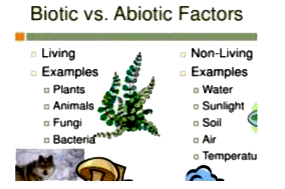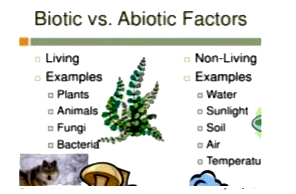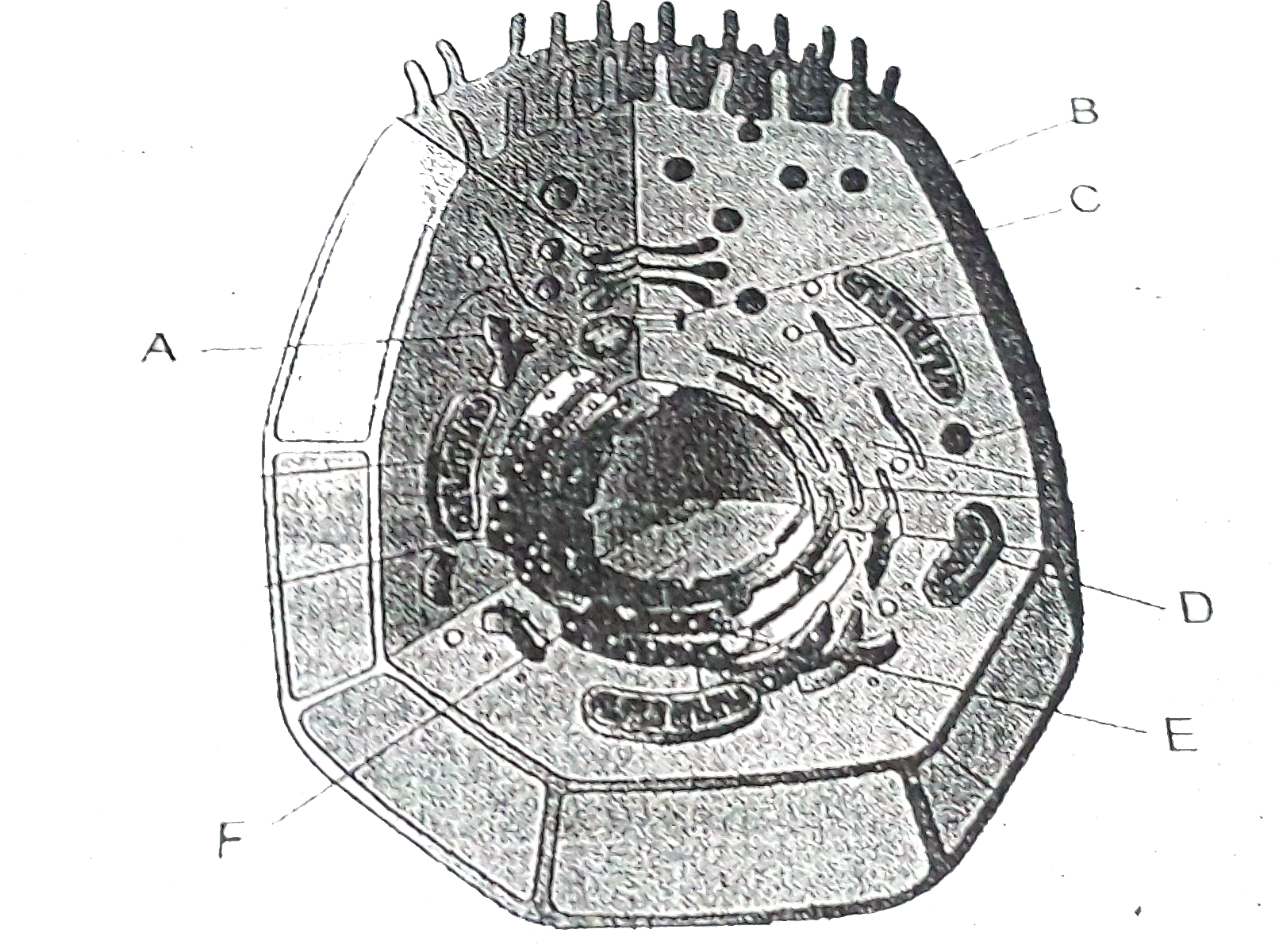Assertion: Living organisms posses specific individuality with the definite shape and size.
Rerson: both living and non living entites resembles each other at the lower level of orfanization .
If both the assertion and the reason are true and the reason is a correct explanation of the assertion
If both the assertion and reason are true but the reason is not a correct explanation of the assertion
If the assertion is true but the reason is false
If both the assertion and reason are false
The correct Answer is:B
All living and non-living organisms share basic organisation i.e. all made up of atoms and they have definite shape and size that organised to form complex multicellular organism.
Similar Questions
Knowledge Check
The interaction between two living organisms of different species which is beneficial to both but is not obligatory because they can live without each other is known as
AProto-cooperationBMutualism or symbiosisCCommensalismDAmensalismAssertion: A dead organism does not grow.
Reason: No non-living object is capable of reproducing or replicating by itself.AIf both Assertion and reason are true and the reason is the correct explanation o the assertion.Bif both assertion and reason are true but reason is not the correct explanation of the assertion.CIf assertion is true but reason is false.Dif both assertion and reason are false.Assertion : The fungi are widespread in distribution and they even live on inside other plants and animals.
Reason : Fungi are able to grow anywhere on land, water or on other organisms because they have a variety of pigments, including chlorophyll, carotenoids, fucoxanthin and phycoerythrin.AIf both the assertion and the reason are true and the reason is a correct explanation of the assertionBIf both the assertion and reason are true but the reason is not a correct explanation of the assertionCIf the assertion is true but the reason is falseDIf both the assertion and reason are false
[A] : Living organisms do not interact with each other.
[R] : All living organisms have originated independently.
View SolutionBiosphere is a global ecosystem composed of living organisms and abiotic factors from which they derive energy and nutrients. And ecosystem is defined as structural and functional unit of the biosphere comprising of living and non-living environment that interact by means of food chains and chemical cycles resulting in energy flow, biotic diversity and material cycling to form a stable, self-supporting system

Which trophic level is incorrectly defined?
View SolutionBiosphere is a global ecosystem composed of living organisms and abiotic factors from which they derive energy and nutrients. And ecosystem is defined as structural and functional unit of the biosphere comprising of living and non-living environment that interact by means of food chains and chemical cycles resulting in energy flow, biotic diversity and material cycling to form a stable, self-supporting system

Consider the following statements concerning food chains: (i) Removal of 80% tigers from an area resulted in greatly increased growth of vegetation (ii) Removal of most of the carnivores resulted in an increased population of herbivores. (iii) The length of the food chains is generally limited to 3 – 4 trophic levels due to energy loss (iv) The length of the food chains may vary from 2 to 8 trophic levels
Which two of the above statements are correct?
View SolutionViruses are said to possess characteristics of both living and non-living organisms
Find out the diseases caused by uiruses, their prevention and cure
View SolutionIdentify the correct statement w.r.t. the given cell

A. Concerned with lipid and steroidal hormone synthesis
B. Outer non- living rigid structure which gives shape to the cell and protects from mechanical damage and infaction .
C. Both lie perpendicular to each other and each has an organisation like the cart wheel .
D. Responsible for trapping light energy for the synthesis of sugar.
E. Present in cells actively involved in protein synthesis and secretion.
F. Spherical structures rich in hydrolytic enzymes.
View Solution
